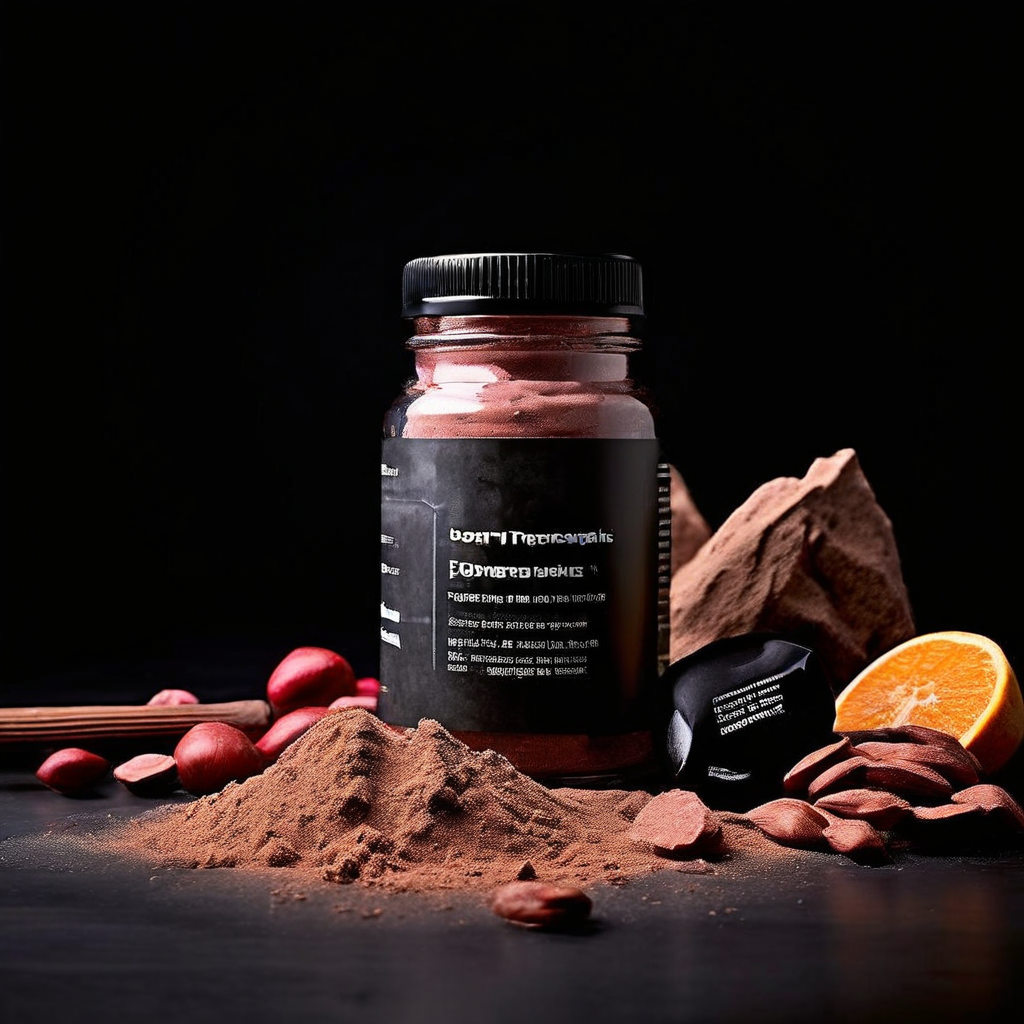Beta-alanine causes a tingling sensation due to its interaction with sensory neurons. This effect, known as paresthesia, is generally safe and temporary.
Beta-alanine is a popular supplement among athletes. It enhances performance and delays muscle fatigue. However, it often causes a tingling sensation, known as paresthesia. This blog explores why this happens, its safety, and how to manage it.
Sensory Neurons and Tingling
Beta-alanine interacts with sensory neurons. It activates G-protein-coupled receptors (GPCRs), specifically the MrgprD receptor. These receptors are found in primary sensory neurons that innervate the skin. They respond to beta-alanine, heat, and mechanical stimuli but not to histamine. This indicates a histamine-independent pathway for the tingling sensation.
According to a study, the MrgprD receptor plays a crucial role in mediating the itch and tingling sensations. In mice, beta-alanine caused itch-associated behavior that required MrgprD. In humans, intradermal injection of beta-alanine induced itch without causing wheal or flare. This supports the involvement of a histamine-independent neural circuit.
Beta-alanine can directly trigger action potentials in sensory neurons. This excitability leads to the sensation of itch and tingling. The binding of beta-alanine to MrgprD enhances the excitability of these neurons, causing the characteristic tingling sensation.
Safety and Duration
Despite the discomfort, the tingling sensation from beta-alanine is generally safe. Multiple studies have concluded that paresthesia is a benign side effect. Even at high doses, such as 6,400 mg pre-workout, the tingling typically dissipates within 60 to 90 minutes. According to Transparent Labs, there is no evidence suggesting it is harmful.
The duration of the tingling sensation can vary. Some may experience it for just a few minutes, while others might feel it for up to an hour. The intensity and duration are dose-dependent. Higher doses lead to more pronounced effects. For most people, the sensation starts in the neck, shoulders, and arms about 15 minutes after ingestion and begins to fade within 30 minutes (Ladder Sport).
Mitigating the Sensation
Dose Management
One effective strategy to reduce the tingling sensation is to split the beta-alanine dose into miniatureer amounts taken throughout the day. This approach can significantly minimize the intensity of paresthesia. For instance, taking doses of around 800 mg at a time can help avoid the tingling sensation (Healthline).
Sustained-Release Formulations
Using sustained-release formulations of beta-alanine can also help mitigate the tingling sensation. These formulations release beta-alanine gradually, reducing the peak concentration in the bloodstream and thereby lessening the intensity of paresthesia. Studies have shown that sustained-release beta-alanine can be consumed in higher daily doses without increasing the symptoms of paresthesia (NCBI).
Adaptation Over Time
Many individuals find that the tingling sensation becomes less pronounced over time with continued use of beta-alanine. As the body adapts to the supplement, the intensity of paresthesia decreases, making it less of a nuisance for regular users (Transparent Labs).
Benefits of Beta-Alanine
Enhanced Performance
Beta-alanine is widely used for its performance-enhancing benefits. It increases the concentration of carnosine in muscles. Carnosine acts as a buffer against acid buildup during high-intensity exercise. This buffering capacity helps delay muscle fatigue, allowing athletes to perform at higher intensities for longer periods (Healthline).
Increased Endurance and Strength
Studies have shown that beta-alanine supplementation can significantly increase time to exhaustion (TTE) during high-intensity exercise. For example, cyclists who supplemented with beta-alanine for four weeks increased their total work completed by 13%, with an additional 3.2% increase after ten weeks. Similarly, rowers who supplemented for seven weeks were 4.3 seconds quicker in a 2,000-meter race compared to a placebo group (Healthline).
Delayed Muscle Fatigue
By increasing carnosine levels, beta-alanine helps reduce muscle acidosis. Muscle acidosis is a major factor limiting performance during high-intensity exercise. This reduction in acidity helps delay the onset of muscle fatigue. This allows for improved performance in activities such as high-intensity interval training (HIIT) and other short-duration, high-intensity exercises (Healthline).
Key Takeaways
- Beta-alanine causes tingling due to sensory neuron activation.
- The sensation is generally safe and temporary.
- Dose management and sustained-release formulations can mitigate the sensation.
- Beta-alanine enhances performance, endurance, and strength.
Summary
Beta-alanine causes a tingling sensation known as paresthesia. This is due to the activation of sensory neurons through the MrgprD receptor. Despite the discomfort, paresthesia is considered a benign and safe side effect. To mitigate the sensation, users can manage their doses or use sustained-release formulations. Over time, the body may adapt, reducing the intensity of paresthesia. Beta-alanine offers significant benefits for athletic performance, making it a valuable supplement despite the quirky side effect of tingling.



